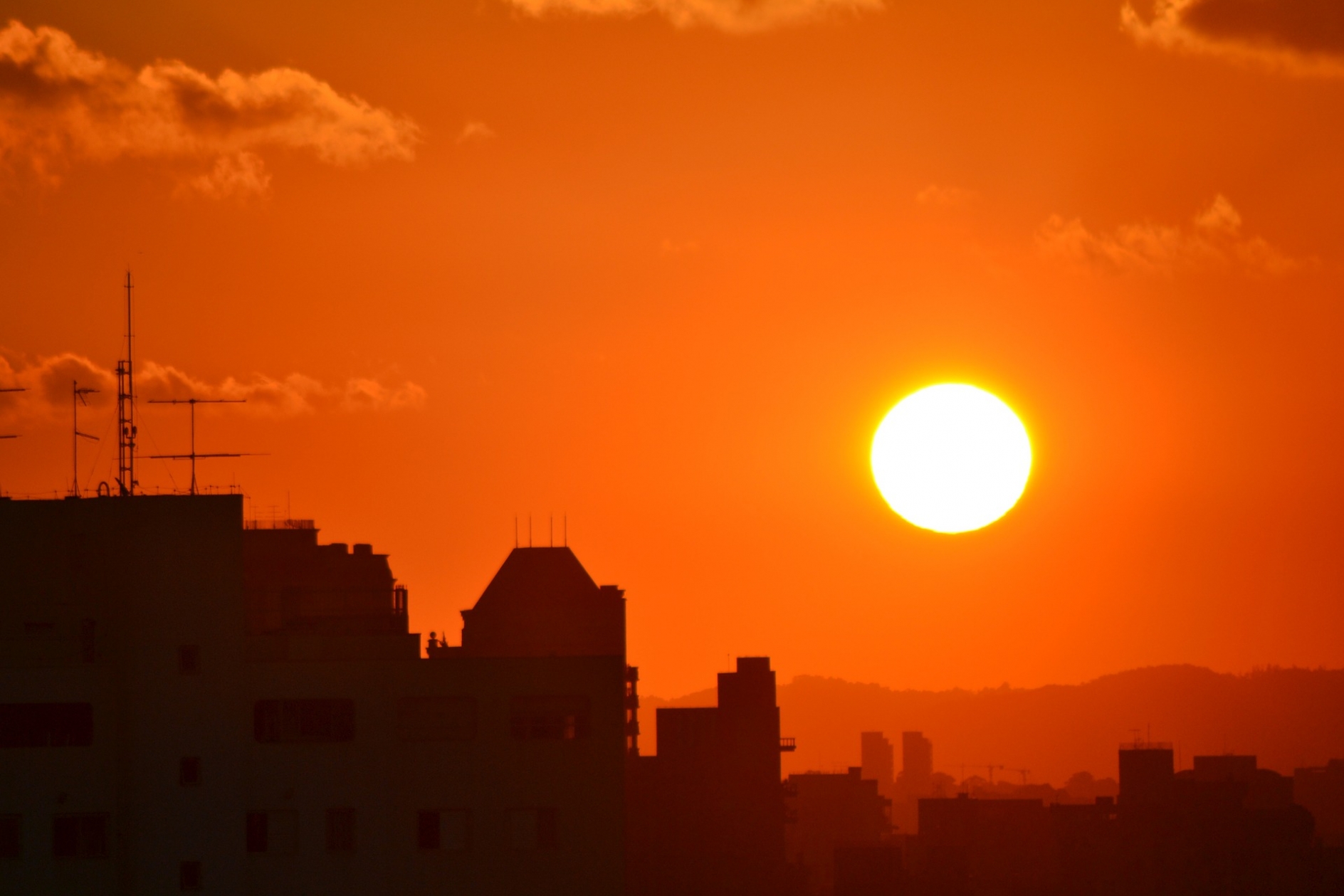Heat illness prevention
What are you required to do for employees when the temperatures rise?
Contributors

Christian Scali

Jennifer Woo Burns

Jasmin B. Bhandari

Summer is here! When we think of summer, we usually focus on fun activities in the heat and sun, but this warm weather can be dangerous for those dealership employees who perform their jobs outdoors or in non-air conditioned areas. As such, it is important for dealerships to be mindful of the Cal-OSHA rules related to outdoor places of employment, which were updated a little over a year ago.
Access to Shade:
Under the rules, when the temperature exceeds 80 degrees Fahrenheit, the employer must provide employees with one or more shady areas that are either open to the air or provided with ventilation or cooling. Even when the temperature does not exceed 80 degrees Fahrenheit, access to shade must be provided upon the employee’s request. The area of shade must be located as close as practicable to the areas where the employees are working and must be at least large enough to accommodate the number of employees on heat recovery or rest/meal breaks, so that they can sit in a normal posture fully in the shade without having to be in physical contact with each other.
Provision of Water:
Employees must have access to drinking water that is fresh, pure, suitably cool and free of charge to them, located as close as practicable to where the employees are working. Enough water must be provided to allow at least one quart per employee per hour for the length of the entire shift.
Preventative Cool-Down Periods:
Employers are to encourage employees to take a preventative cool-down rest in the shade when they feel the need to do so to protect themselves from overheating at any time. Any employee who takes a cool-down period must be monitored and asked if he/she is experiencing symptoms of heat illness, shall be encouraged to remain in the shade, and shall not be required to resume work until at least 5 minutes after the need for the cool-down period has ended. The employer must provide appropriate first-aid or emergency response to any employee who exhibits signs or reports symptoms of heat illness.
High Heat Procedures:
When the temperature is at or above 95 degrees Fahrenheit, the employer must take additional measures to monitor/observe employees for signs of heat illness, such as implementing a buddy system, having a designated individual to monitor no more than 20 employees for heat illness, or other effective means of observation. In addition in these high heat conditions, the employer must allow the means for employees to call for emergency medical services, remind employees throughout the work shift to drink plenty of water, and hold pre-shift meetings to review the high heat procedures, to remind employees to drink plenty of water, and to remind employees of their right to take a cool-down rest when necessary.
Emergency Response Procedures:
Employers must implement effective emergency response procedures and a supervisor observing or receiving a report of any signs or symptoms of heat illness must take immediate action commensurate with the severity of the illness, including contacting emergency medical services.
Note that effective heat illness prevention training must be provided to each supervisory and non-supervisory employee before performing work that should reasonably be anticipated to result in exposure to the risk of heat illness. As most dealership employees at some point conduct some job duties outside, it is recommended that dealerships include all employees in heat illness training on an annual basis.
